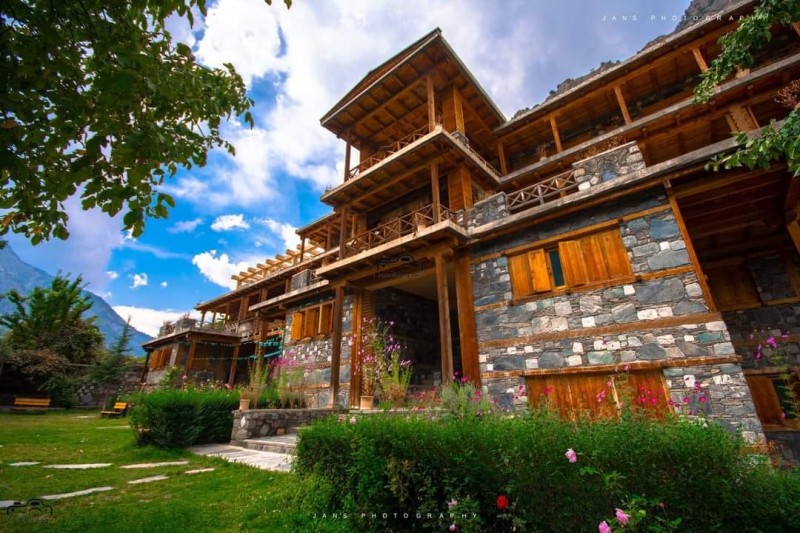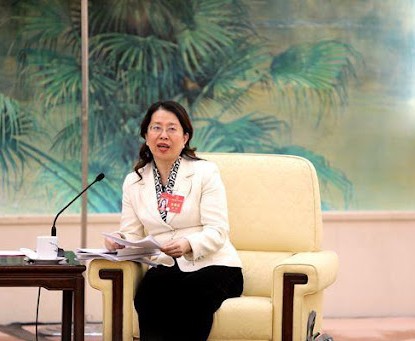CHITRAL – Nestled in the breathtaking Bamborait Valley here, Kalasha Dur Museum attracted tourists and archaeology lovers in droves, exploring the rare artefacts and statues of the Gandhara Civilisation.

Located in the heart of Bamborait Valley in the lap of Trich Mir mountain peak, the museum’s unique architecture, sculptures, antiquities and Gandhara art masterpieces was a great source of attraction for tourists, adventurers and Buddha art lovers.
The museum where every statute speaks of its glorious civilisation becomes even more captivating against the backdrop of snow-capped mountains by offering visitors a truly magical experience in the Hindukash mountains range.
“Chitral is my favourite tourist place due to its diverse culture especially Kalash, archaeological significance and adventure sports. The Kalasha Museum is a good edition in Chitral that impress me the most,” said former Conservator of Forest Gulzar Rehman while talking to APP.
FIFA WC 2026 Qualifier: Football team training camp commences
He said such unique treasures needs to be promoted through digital technology to attract archaeology lovers from world besides bolstering economy of the Chitral, Dir and other districts of Malakand division.
He said that Madaklast and Bomborait were a beautiful valleys of Chitral, awaiting KP government patronage to build its infrastructure imperative to promote archaeology, ecotourism and adventure sports in Chitral district.
“Kalasha Museum and Madaklast Valley carried a unique tourism, archaeological and cultural significance that always remained centre of attraction for tourists due to its nearby three famous historic valleys and famous Kalash culture,” said Bakhtzada Khan, senior research officer of Archaeology Department while talking to APP.
He said the foundation of Kalasha Museum commonly known as Bamborate Museum was laid in 2001 and completed in 2005. He said there are about 1300 objects exhibited which are of Ethnological interest from the Kalasha tradition and from the traditions of the wider Hindukush area.
The building was composed of two floors; the ground floor has the Ethnological collection of the Kalasha culture and the wider Hindukush area and the other floor houses a school of Kalasha culture with a library of books written on the valley, and also a hall for professional training of local crafts. The experts said the proposed Kumrat-Madaklasht cable car if constructed would turn Chitral a hub of tourism besides bring direct foreign investment.

